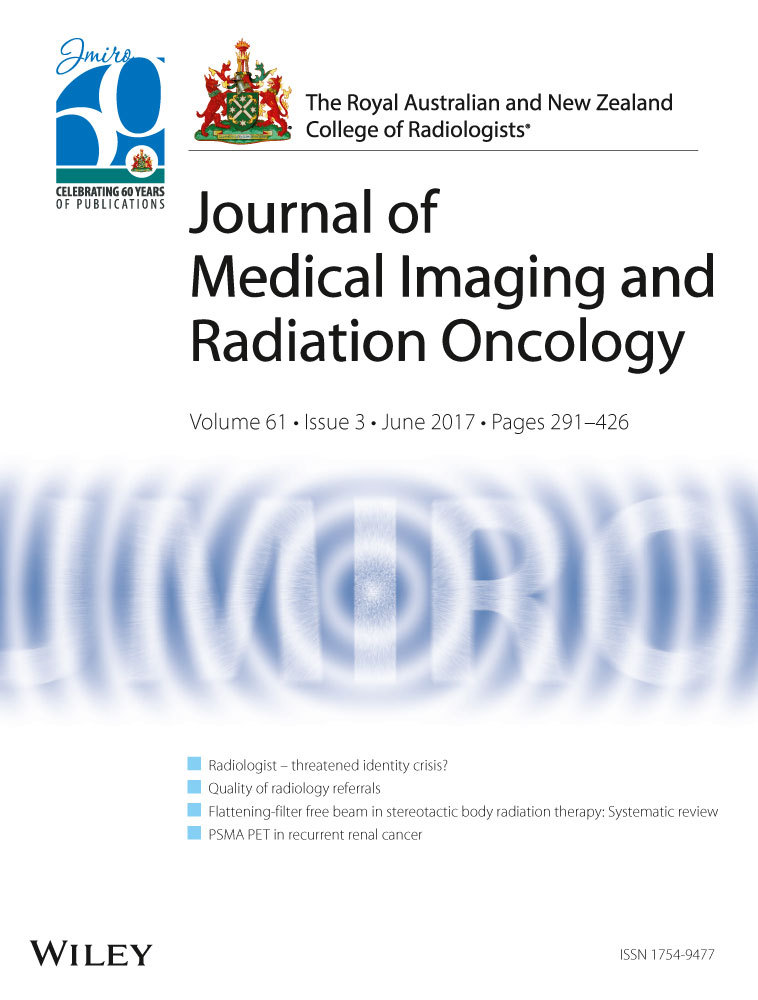Radiation Oncology research grants awarded by the Royal Australian and New Zealand College of Radiologists: Value for money?
Abstract
Introduction
The Royal Australian and New Zealand College of Radiologists (RANZCR) and other medical colleges have provided research grants from their budgets for many years. This survey-based project aimed to determine whether the RANZCR Faculty of Radiation Oncology (FRO) is realizing value for money from its seed funding, and to compare this with grant activities of the other colleges.
Methods
Eligible FRO grant recipients between 1999 and 2014 were surveyed regarding bibliometric data, subjective outcomes and factors considered important in completing their research projects. The other colleges were also approached via email and phone interviews.
Results
A records search identified 26 eligible individuals who received 42 grants for 41 projects. The survey response rate was 100%, identifying 33 secondary grants, 65 conference presentations, 10 prizes and 69 publications associated with the FRO grants and consequential research. At least seven higher degrees also resulted. The funding process was very positively perceived by grant recipients, and the two factors identified as most important in project completion were local infrastructure and RANZCR funding. In 2015, FRO allocated AUD$150K for grants compared with $10K–$2.6M from 10 of the other 15 Australasian Medical Colleges. In general, appraisal of funding outcomes relative to expenditure has been only low level until recently.
Conclusions
This project has identified significant research output and subjective benefit from relatively modest FRO seed grants, implying a favourable cost-benefit ratio. Such outcomes monitoring needs to be more widely pursued within Australasian medical colleges.




